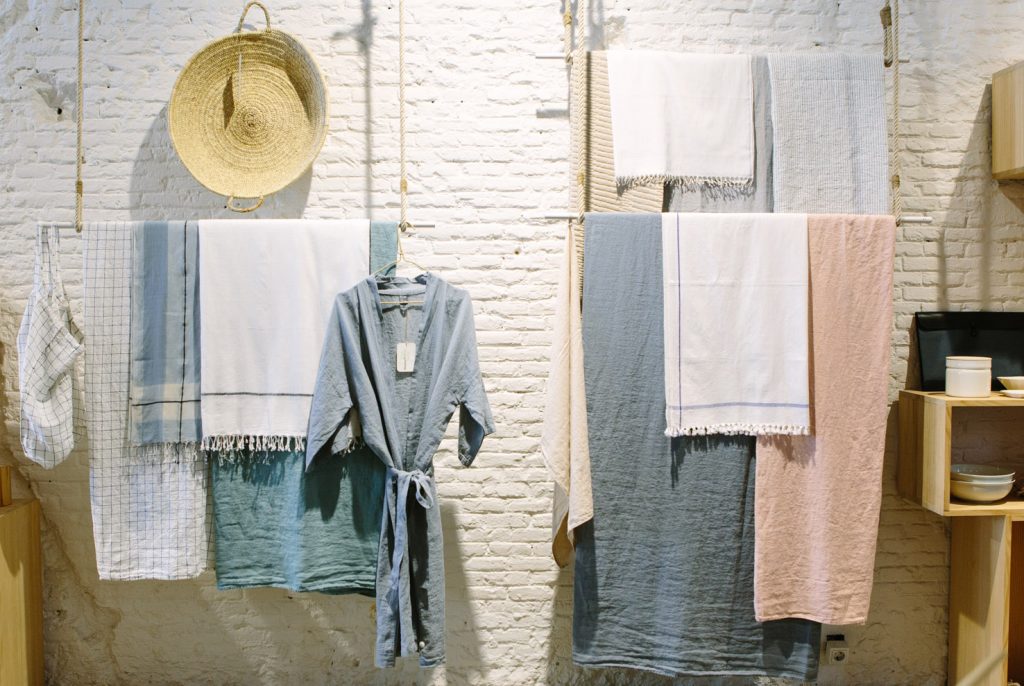Behöver du hjälp?
Vi vill gärna hjälpa dig!
Välj nedan vilket kontaktsätt som passar dig bäst.

Vi vill gärna hjälpa dig!
Välj nedan vilket kontaktsätt som passar dig bäst.

For quite some time, the primary aim of stores has been to entice consumers to buy products at the store. From originally having one sales channel at its disposal, retail today has multiple channels through which to sell its products. Does this mean that stores are no longer relevant? This is naturally not the case — stores are still relevant, of course, but the role they play has changed. Stores are less important as a sales channel, but they are clearly valuable as a marketing channel and for the purpose of branding.

The emergence of new buying channels, including rapidly growing e-commerce, has resulted in new consumer behaviours and conditions for retail. E-commerce is currently responsible for approximately 9 per cent of total sales, and in 2017 e-commerce represented a whopping 94 per cent of the growth in consumer durables. The quick advancement of e-commerce has resulted in a decline in the number of physical stores, at the same time that retail chains are winning an increasingly larger share of sales and many smaller players are being outcompeted. The large chains are also reviewing their network of stores and shutting down unprofitable ones. Over the past six years, for example, the electronics sector, which underwent early digital transformation, has reduced its number of existing stores by 20 per cent. In its new report “The Transformation of the Retail Sector 2018”, Svensk Handel predicts the trend will continue into the future. By 2025, it is estimated that nearly every third Swedish krona will be spent online, at the same time that the number of consumer durable stores is expected to diminish by 6,000 to reach a total of 11,000 stores.

Source: Svensk Handel, The Transformation of the Retail Sector 2018
Shopping centres have also been affected by the quick change and fewer visitors, and the trend could very well accelerate when the grocery trade makes a real breakthrough online. Grocery stores have traditionally served as a natural draw to shopping centres and retail hubs, but this aspect will diminish as the grocery trade migrates to the internet. The surrounding stores will lose foot traffic and consequently face an increasingly difficult situation.
Many e-commerce players have more quickly adapted to consumer behaviour than bricks-and-mortar retailers have. Understanding of the important touch and feel factor and that brand loyalty is based on service and physical contact are two such aspects. Consequently, many e-commerce players such as Adlibris, Royal Design and Warby Parker are launching physical stores as well. Some stores are permanent and some are pop-ups that appear at the locations and times with the greatest or most interesting flows.
For example, car brands like Tesla have opened stores in shopping centres rather than at traditional car showrooms. Customers make their buying decision and then place the order from the comfort of their own home. Stores with the right approach and that allow customers to touch and feel their products are important both in terms of the buying process and building the brand. Samsung’s reasoning is similar. Customers cannot take products home from Samsung’s flagship stores, but they can spend time in the stores trying them out and speaking to knowledgeable salespeople. The setting helps strengthen the brand and drive sales in the digital channel.
There are no simple answers today regarding how the customer prepares to make a purchase. PostNord’s e-barometer shows that over half of the respondents did research online before making an in-store purchase in 2017 — what is known as webrooming. At the same time, 13 per cent of the respondents say they did research in a store before making an e-commerce purchase — what is known as showrooming. According to TBS Mediebyrå’s 2018 retail trade media barometer, both consumers and retailers consider the store to be the primary source of inspiration during the buying process as well as the best place to see products. This might very well be the role that physical stores play in the future. Perhaps an attractive bricks-and-mortar store will be the most effective marketing channel in the future retail trade.
Should this be the case, new demands on how stores are built and developed will arise. Has the time come for marketing managers to have a say in how new stores are designed? Can existing physical stores learn from their new neighbours and demonstrate to customers that they are also capable of promoting inspiration, creating experiences and encouraging purchases?
This report has been produced by Storesupport and HUI Research.